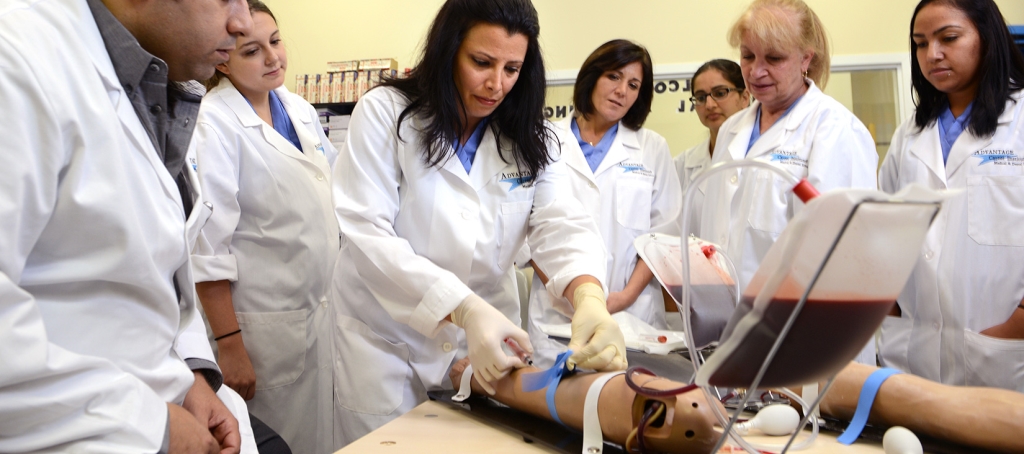
Ultimate Guide to Phlebotomy Hours: Find Out When to Visit for Blood Draws and Lab services
If you’re coordinating a blood test or lab services, understanding the best times to visit your healthcare provider or diagnostic centre can make the process smoother, faster, and more convenient. This complete guide covers everything you need to know about phlebotomy hours, including optimal timing for blood draws, how to plan your visit, and the benefits of choosing the right timing for your lab tests. Whether you’re a first-time patient or a regular,read on to discover expert tips and vital data to make your lab visits stress-free and efficient.
Understanding Phlebotomy Hours: Why Timing Matters
Phlebotomy, the process of drawing blood for testing, is a routine but crucial step in diagnosing health conditions. The hours during which labs are open directly influence patients’ ability to schedule tests conveniently. Factors such as fasting requirements, lab workload, and staffing hours can impact the optimal time for blood draws.
Common Lab Hours and Operating Schedules
Most laboratories operate under standard schedules, but hours can vary depending on the facility type, location, and services offered. Here is a typical overview:
| Type of Lab | Standard Hours | Special Notes |
|---|---|---|
| Hospital Labs | 6:00 AM – 10:00 PM | Weekdays and weekends; 24/7 emergency services available |
| Diagnostic Centers | 7:00 AM – 5:00 PM | Limited evening hours |
| Walk-in Clinics | 8:00 AM – 6:00 PM | Some offer early morning or weekend slots |
| Community Labs | 8:00 AM – 4:00 PM | Best for routine testing; appointments recommended |
Best Times for Blood Draws: Morning vs. Afternoon
Choosing the right time of day for your blood test can impact the accuracy of your results and your overall experience. Here’s what you need to consider:
Why Morning Is Often Preferred
- Fasting Requirements: Many tests, such as blood sugar and cholesterol, require fasting for 8-12 hours. Morning appointments facilitate fasting overnight and testing before eating.
- Lab Staffing and Wait Times: Labs tend to be less crowded early in the day, reducing wait times.
- Fresh Samples: Morning samples are often fresher, possibly improving test accuracy.
Afternoon Appointments and Considerations
- Suitable for non-fasting tests or follow-up blood draws.
- Convenient if you cannot schedule early morning appointments.
- Be mindful of lab hours-some close early or have limited late openings.
Practical Tips for Scheduling Your Blood Tests
Maximize your lab appointment experience wiht these helpful tips:
- Book in Advance: Schedule your appointment early to secure your preferred time slot.
- Check Lab Hours: Confirm the operating hours of your chosen lab, especially if you need an early morning or late evening appointment.
- Follow Fasting instructions: If required, fast properly and avoid certain medications as advised by your healthcare provider.
- Arrive Early: Arriving 15-30 minutes before your scheduled time helps avoid delays.
- Bring Necessary Documentation: Have your ID and lab order ready for a smooth check-in process.
Special Considerations for Lab Visits
Some circumstances may require special planning:
- Fasting Tests: Schedule these early in the morning.
- Multiple Tests: Allow extra time if multiple samples are needed.
- Child or elderly Patients: choose times when the facility is less crowded.
- Emergency or Urgent Tests: Some labs offer rapid or 24/7 services for urgent needs.
Case Study: Planning a Fasting Blood test
Jane needs to have her fasting blood glucose tested for her annual check-up. She schedules her appointment at 7:00 AM at her local hospital lab. By doing so, she ensures:
- She fasts overnight and arrives before eating.
- The lab processes her sample fresh in the morning.
- She avoids dehydration or other factors that could affect test results.
This planning guarantees accurate results and a smooth testing experience.
First-Hand Experience: Making the Most of Your Lab Visit
Patients who plan ahead report less stress and quicker service. One patient shared, “Scheduling my blood draw early in the morning and arriving at the start of the day cut my wait time significantly. Plus, fasting overnight was easier.” Good preparation and understanding of lab hours can make a big difference.
Conclusion
Understanding phlebotomy hours and the best times to visit for blood draws and lab services are key to a seamless healthcare experience. By scheduling your appointments during mornings for fasting tests, confirming lab hours beforehand, and arriving prepared, you can ensure accurate results and minimize waiting. Always check with your healthcare provider or lab for specific instructions and hours of operation. Planning ahead is the best way to optimize your lab visits and keep your health on track.
Remember:
- Book in advance and confirm hours
- Follow fasting and preparation instructions
- Choose early morning slots for fasting tests
Have your lab visit scheduled soon? Use this guide to ensure your blood tests and lab services are as convenient and effective as possible. your health is worth the planning!